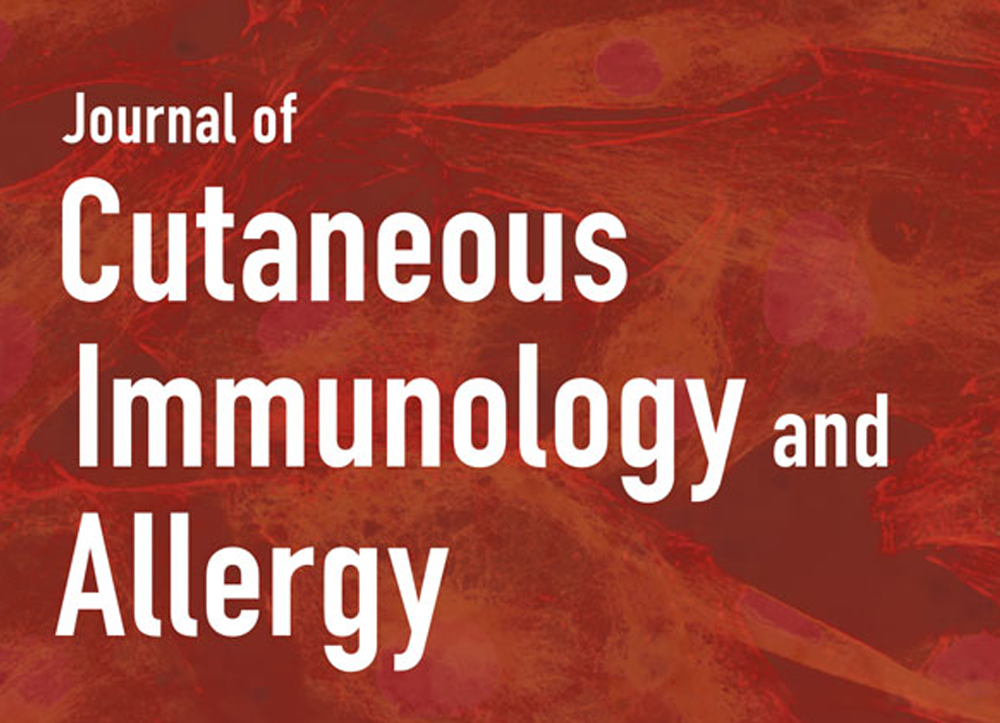Abstract
Pelvic pressure injuries in long-term care facilities are at high risk for undetected infection and complications from bacterial contamination and stalling of wound healing. Contemporary wound healing methods must address this problem with mechanical debridement, wound irrigation, and balanced dressings that reduce bacterial burden to enable the normal healing process. This study evaluated the impact of bacterial autofluorescence imaging to indicate wound bacterial contamination and guide treatment for severe stage 4 pelvic pressure injuries. A handheld digital imaging system (MolecuLight i:X) was used to perform bacterial autofluorescence imaging in darkness on five elderly, high-risk, long-term care patients with advanced stage 4 pelvic pressure injuries who were being treated for significant bacterial contamination. The prescient findings of bacterial autofluorescence imaging instigated treatment strategies and enabled close monitoring of the treatment efficacy to ameliorate the bacterial contamination. Wound sepsis recurrence, adequate wound cleansing, and diagnosis of underlying periprosthetic total joint infection were confirmed with autofluorescence imaging showing regions of high bacterial load. By providing objective information at the point of care, imaging improved understanding of the bacterial infections and guided treatment strategies. View Full-Text
















